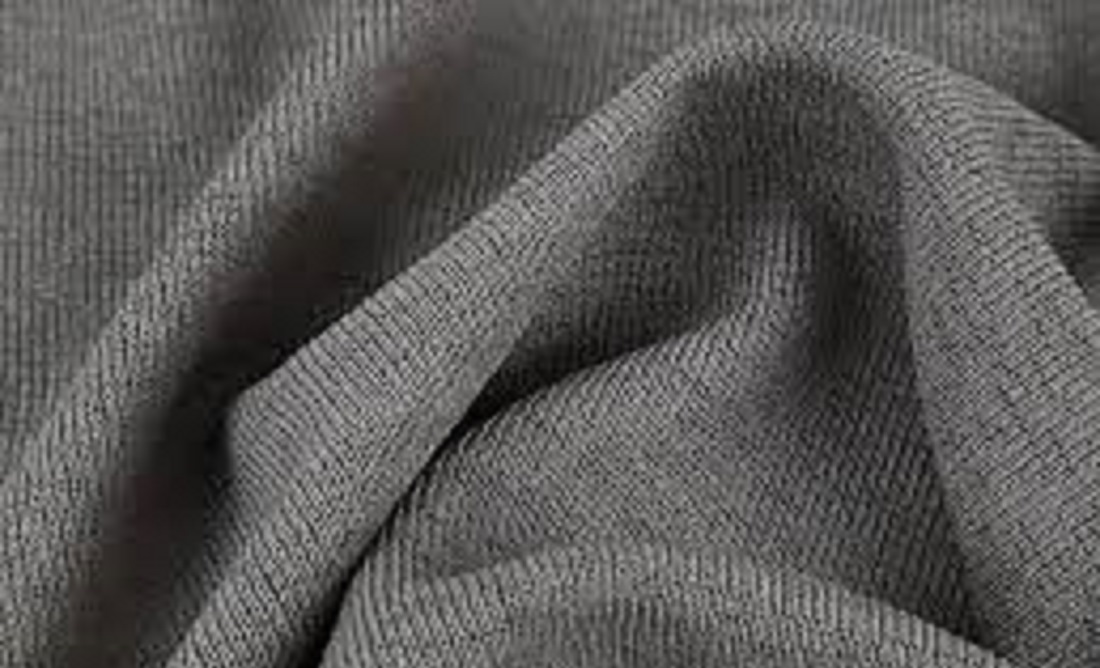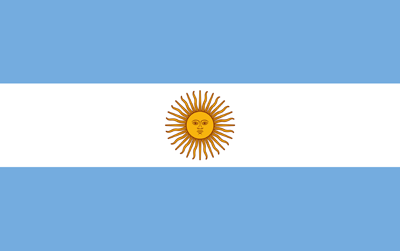We’ve all been through this. You buy a shirt online or some fabric for your next DIY project, but later you find out that it shrinks, stretches too much, or just doesn’t feel right. What is the truth? Most people don’t know the difference between woven and knit fabrics until it’s too late. Let’s agree that knowing about different types of fabric isn’t just for fashion designers. It matters for brand owners, buyers, tailors, and people who do things themselves.
It’s important to know what you’re dealing with, whether you’re getting fabric, designing a line of products, or just trying not to ruin your laundry. So here’s the deal: by the time you finish reading this, you’ll be able to tell the difference between woven and knit fabrics. You’ll know which one to pick, how to test it, and why that choice can help you save money and time. Stay with me; this could change how you shop.
What Are Fabrics That Are Woven and Knitted?
You need to know this before you buy or sew your next project. Knowing how fabrics are made can help you choose the right one for the job. And believe us, this one choice can make the difference between a long-lasting finish and a disaster in the wash.
The material doesn’t matter. It’s all about the way it’s made. The way it is built changes everything, from how it looks and feels to how it stretches and ages.
Fabrics That Are Woven
When you weave yarns over and under each other, like in a basket, you make woven fabrics. Think of jeans, sheets, and dress shirts. These fabrics are strong, stable, and keep their shape well.
Fabrics for Knitting
To make knits, you loop yarns together, like in your favorite T-shirt or hoodie. They stretch more, are usually softer, and hang nicely.
| Feature | Woven | Knit |
| Construction | Interlaced yarns | Interlooped yarns |
| Stretch | Low | High |
| Fraying | Yes | No |
| Common Uses | Shirts, jeans, coats | Tees, leggings, sweaters |
Woven fabrics are like walls made of bricks. Knit fabrics? Think of rubber bands.
How to Tell Them Apart (Without a Microscope)
You can use this quick guide at home or in a store.
1. The Stretch Test
Gently pull the fabric to the side. Knits can stretch. Wovens hardly do.
2. Check the Edges
Unless they are sealed, woven fabrics will fray at the edges. Usually, knits don’t.
3. Wrinkle It
Woven things tend to get wrinkled easily. Knits come back.
List
- Does it come apart when you cut it? Probably woven.
- Does it roll at the edges? Likely to knit.
- Is it possible to stretch it both ways? Knit, I guess.
A tip: When you’re looking for knit loops, bring a small magnifying glass.
Why the Type of Fabric Matters in 2025
Everything has changed because of fast fashion. Now, stretchy activewear, breathable casualwear, and eco-friendly fabrics are the norm. And with AI-assisted design, getting the wrong fabric can stop production.
Use of Clothing
- Woven: suits, jackets, and crisp shirts
- Knit: loungewear, gym clothes, and baby clothes
Textiles for the Home
- Woven: table linens, curtains, and upholstery
- Knit: throw blankets and cushion covers
Technology and the Environment
In 2025, we see smart textiles, which are woven fabrics with circuits in them, and biodegradable knits for wearables that are only used once. The fabric you choose can even affect how easy it is to recycle.
Fact to Know: According to Allied Market Research, the global market for smart textiles will reach $23.5 billion by 2025.
What Buyers Really Need to Know
Mistakes with fabric aren’t just annoying; they cost a lot. Before you buy, here are some questions to ask or tests to do:
Important Questions for Buyers
- What is the purpose? Don’t buy knit for furniture.
- Is it pre-shrunk? Shrinkage is real.
- Does it meet eco standards? Look for OEKO-TEX or GOTS.
A Quick Look at Certification
- OEKO-TEX: No harmful chemicals
- GOTS: Organic and made in a way that is good for people
- Bluesign: A production chain that cares about the environment
How to Buy:
- Always get a piece of fabric to test for stretch and wrinkles.
- Ask for a fabric spec sheet (grammage, width, and composition).
Taking Care of Each Kind of Fabric
How long your fabric lasts depends on how well you take care of it.
Taking Care of Woven Fabric
- Wash in cold or lukewarm water
- Iron while still damp to keep it from getting wrinkled
- Store it folded to keep it from stretching
Taking Care of Knit Fabric
- Use a gentle cycle and don’t use hot water
- Lay flat to dry hanging it up makes it longer
- Don’t use bleach; it breaks down the fiber loops
Advice:
Do you want your clothes to last? Don’t wash too much. When you can, clean spots.
What Fabric Experts Have to Say
People are talking about fabrics in 2025, but what are the people who work in the industry actually doing? We talked to designers and manufacturers who work with fabrics every day to find out what’s really going on. You won’t find these expert opinions on product tags. They give you lessons, warnings, and ideas.
We talked to some people in the industry to find out what’s really changing when it comes to choosing fabrics.
Areeba M. – Textile Designer
“We’re seeing a shift toward plant-based knits that are as strong as wovens.” It’s good for the environment and very exciting.
John D. – Garment Manufacturer
“Most of the returns we get are because the customer chose the wrong fabric, not because of quality problems.” Clients believe that stretch means better. Not always.
Lesson Learned: Don’t just think about how the fabric looks; think about how it will be used.

Resources for Buyers Who Are Ready to Go
Want some tools to help you make better choices when you buy? We put together some useful tools to help you evaluate, compare, and take care of your fabrics like a pro. These guides will help you no matter where you get your fabric or where you sew it.
These simple tools will help you make decisions:
1. List of Things to Do with Fabric
- Is it for structured use (woven)?
- Does it need to stretch or hang down (knit)?
- Do I need softness or strength?
2. Sample Test Kit
Bring a portable kit:
- A ruler (to measure stretch %)
- A spray bottle (to see how water behaves)
- Small scissors (to test the fray)
3. Chart for Maintenance
| Fabric | Wash Temp | Dryer? | Iron? | Average Lifespan |
| Woven | Cool-Warm | Yes | Yes | 3–6 years |
| Knit | Cool | No | Low | 2–4 years |
Conclusion:
The truth is that picking out fabric isn’t just about how it “feels nice.” It’s about how it works, how it fits, and how to make sure it lasts. Now that you know the difference, you’ll make better choices when you shop and not waste money.
Do this today: Take a break and test your fabric the next time you shop. Pull it. Tear it. Check out the weave. You’ll already feel smarter.
Do you have a favorite fabric or tip for finding it? Please comment below and tell us what your go-to resource is.
FAQs
Q: Is it possible for woven fabric to stretch?
A: A little bit, if it’s a cotton blend or cut on the bias.
Q: Is it easier for beginners to sew with knit?
A: It depends; knit hides mistakes, but it’s hard to work with.
Q: Which fabric lasts longer?
A: Woven fabrics usually last longer than knits.
Q: Is it hotter to wear knit fabrics?
A: Not always. Check the fabric to see if it is breathable.
Q: Can I use both in the same project?
A: Yes, but it takes skill. Uneven behavior leads to uneven results.







